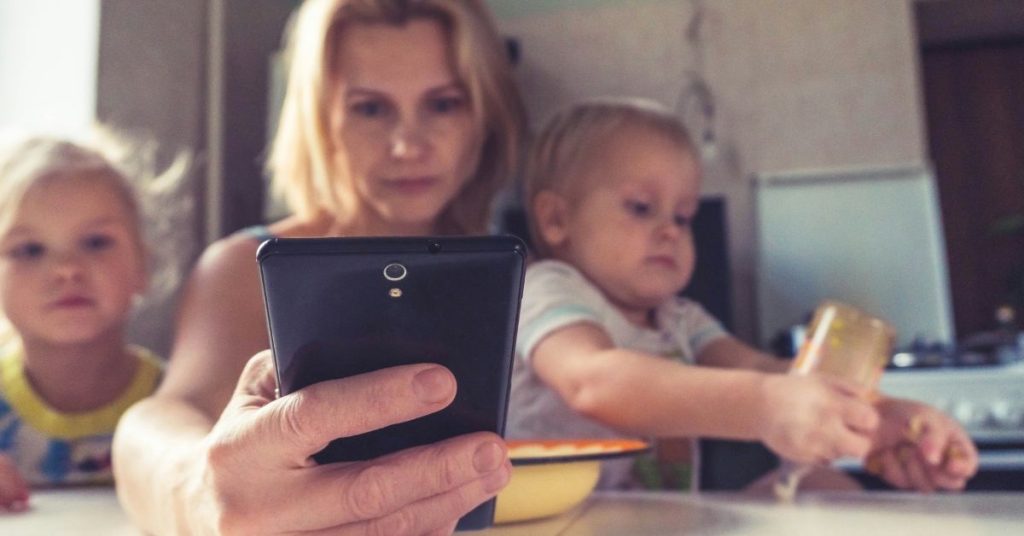By: Bec Harris
The debate over working from home continues as businesses reassess their policies post-COVID.
While some companies push for a full return to the office, others embrace flexibility. But what does this mean for women in the workforce?
Conflict Strategist Sarah Blake spoke in an interview the impact of remote work on women, families, and productivity.
The Reality of Working from Home

“I work from home,” said Sarah. “I run my own business at home because my husband couldn’t be flexible [with his work location]. So, I needed that flexibility to do school runs and care for my kids when they were sick.”
For many women, remote work provides a much-needed balance between career and family life. According to 2023 data, 37% of Australians worked from home at least once a week. However, Sarah highlighted a common misconception.
“Work from home doesn’t always mean five days a week,” she said. “Often, it’s one or two days, which allows people to get things done while still engaging in office life.”
Productivity: Boost or Bust?
Some companies worry that remote work leads to lower productivity. However, research suggests otherwise: “All the research since COVID shows that productivity is the same or even increasing.”
Sarah acknowledged concerns about employees “scamming the system” but pointed out that many people are thriving: “Some people work from home and actually smash it. Getting more done because they don’t have office interruptions.”
The Challenges of Hybrid Work
Despite the benefits, hybrid work comes with its own set of challenges.
“If you’re not in the office, you miss the watercooler conversations and key decisions,” Sarah said. “Not everyone can be effective at home, and some meetings still require in-person attendance.”
One major issue is managing hybrid teams: “The challenge is less about people slacking off and more about how managers handle team dynamics in a hybrid system.”
Many businesses haven’t adapted their leadership approaches to this new model.
The Impact on Women’s Health and Well-Being

For women, working from home isn’t just about convenience, it significantly affects their well-being.
“Women value remote work 28% more than men,” Sarah said. “It allows for school runs, caring for children, and even fitting in exercise.”
Time saved where you used to commute, can be used for self-care, reducing stress, and improving overall life balance.
“We’re exhausted trying to do everything,” Sarah said. “If we can take even a little pressure off, that’s a great thing for society.”
The Push for Job Sharing
With some companies advocating a full return to the office, job-sharing has been suggested as an alternative for working mothers. However, Sarah pointed out the challenges.
“Job share means hiring two people for one role, which complicates management, project communication, and accountability,” she said.
Instead, Sarah highlighted how remote work has increased women’s workforce participation by 8.5%: “At a time when cost of living is so high, more women are working to cover mortgages, groceries, and everyday expenses.”
The Future of Remote Work
While remote work isn’t feasible for every job, businesses are gradually adapting.
“Some organisations now invest in home office setups, providing ergonomic chairs and tech support,” Sarah said. “That’s a game-changer for employees.”
Ultimately, companies must balance flexibility with collaboration.
“When employees feel valued, productivity increases,” Sarah said. “The key is finding a system that works for both businesses and their teams.”
As the debate continues, one thing is clear flexibility is reshaping the modern workplace, especially for women navigating career and family life.
Article supplied with thanks to Sonshine.
Feature image: Photo by Chris Montgomery on Unsplash
